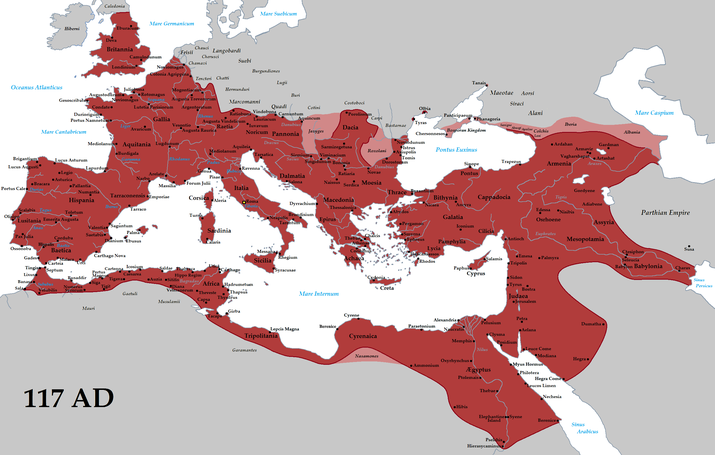Why did the Roman Empire fall?
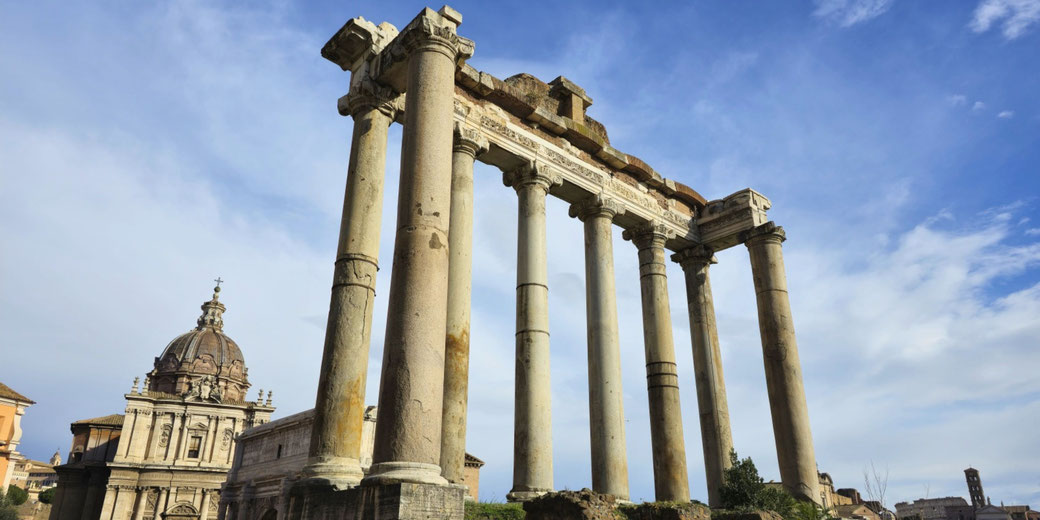
For around 1000 years, from its legendary foundation in 753 BC until the capture of the city of Rome by Germanic tribes in AD 476, ancient Rome had ruled over much of Europe.
After being so powerful for so long, why did Rome finally fall? There are many theories out there as to why it fell, but no single, clear answer.
An overview of Rome in the first centuries AD
With the change of ancient Rome from a Republic to an Empire in the late 1st century BC, Rome experienced major political, economic, military, and cultural changes.
The Roman Empire was massive: it reached from Britain in the west to Mesopotamia in the east.
The military presence of the Roman legions throughout the empire created a mostly peaceful situation for the empire's citizens.
This Roman peace was known in Latin as the Pax Romana. It brought relative stability through economic growth, territorial expansion and the construction of large public building projects.
During the 2nd century AD, the Roman Empire was at its height of power and wealth.
Emperors such as Trajan, Hadrian, and Marcus Aurelius ruled and continued to expand the empire's borders, invest in large building projects, and develop a system of laws.
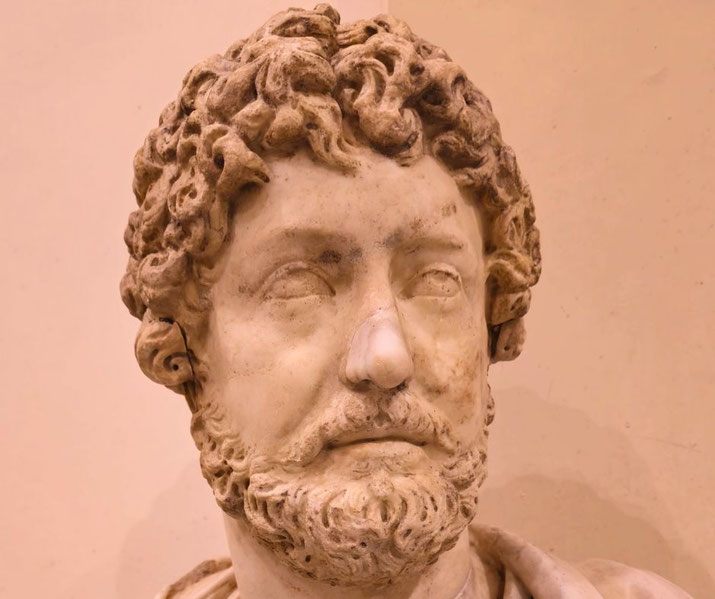
However, by the 3rd century AD, problems started to appear. Gradually, reduced military expansion meant less economic growth.
In the city of Rome itself, struggles for control between powerful leaders led to political instability.
The constant threat of invasions by Germanic tribes made the situation worse.
Then, during the 4th century AD, civil wars broke out between Roman emperors who competed with each for power, which severely damaged the peace within the empire.
Some leaders, like Diocletian, tried various ways to prevent the final fall of Rome, but had limited success.
So, by the 5th century AD, when the widespread invasions by Germanic tribes took place, they could not be stopped by reduced Roman forces that remained. The western half of the empire finally ceased to exist in AD 476.
It was in this year that the Germanic king, Odoacer, marched into the city of Rome and removed the last emperor, Romulus Augustus, from power.
So, was there a key reason that it all fell apart in this way, or were there multiple factors?
Historians have proposed a number of important causes:
Cause 1: The role of the emperors
The common proposal suggests that later emperors ran the empire poorly because they cared more about personal gain than they did about ruling effectively.
However, many thought they were trying to do the best for their people, such as Diocletian.
Diocletian was born in AD 245 near Salona, in what is now Croatia, before rising through the military and becoming emperor in AD 284.
When he took power, he took active steps to solve several key problems that the empire faced.
These steps, called "reforms", which may have helped prevent an earlier collapse by dealing with many problems in the late third century AD.
These reforms included:
- Administration changes: He split the empire into smaller regions. He also appointed a co-emperor (an "Augustus") and a deputy emperor (a "Caesar") to share the work of governing and make administration more effective.
- Military changes: He restructured the army, made it larger, and set up defences along the borders to protect against invasions.
- Economic changes: He introduced rules to control prices on products people sold, as well as strengthening the value of coins. This helped slow inflation and brought new life to the economy.
- Government changes: He set up an efficient administration system that improved communication among officials across the empire to ensure that government tasks ran smoothly.
Once these reforms were in place, Diocletian voluntarily stepped down as emperor in AD 305 to let someone else take charge.
Historians still debate whether Diocletian truly did rescue the empire, but they at least agree that he governed effectively during his time on the throne.
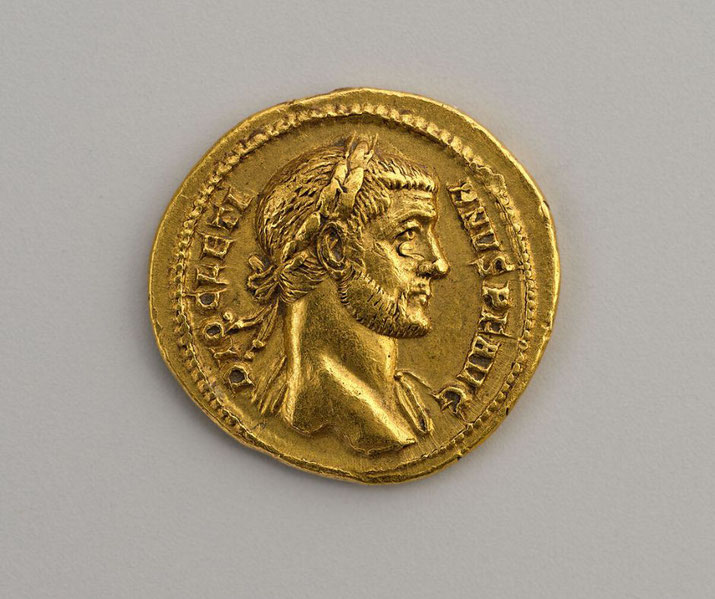
Cause 2: Economics
To begin with, economics is the study of money and how it works.
In Rome, the empire depended heavily on the money it made from its wars.
Unfortunately, when the armies won fewer battles, the empire received less money. As a result, several economic problems emerged.
One significant problem was inflation. This meant taht the value of coins fell because the government used less silver to them make them: in a way, they were pretending that the coins we worth the same amount, even though there was less silver in them.
What made it worse was that the government kept spending money on armies, but the declining tax income meant there was no more money to spend.
Ultimately, they had to pay for less soldiers, which weakened the empire’s defence.
At the same time, food produced on the farms decreased each year, which caused food shortages, which then led to famines.
This also meant that the government could not get enough food to feed soldiers, which led many to quit and abandon the army.
Similarly, there were frequent interruptions in trade routes, since the gradual loss of territories to invading armies made it harder for the government to collect money from merchants, and left people with fewer goods and services.
Finally, tax policy added to the crisis. Wealthy landowners raised taxes to get more income, which angered common people, which caused them to riot and refuse to pay taxes.
Cause 3: The enormous size of the empire
One of the most popular theories surrounding the fall of the Western Roman Empire is that it was simply too big to survive.
It was difficult to keep control of such a large area an this size also made it difficult to defend its borders. It left the empire open to attack from neighbouring countries.
Diocletian’s division of the empire into two sections tried to address this problem.
Diocletian took control of the east while Maximian was given control of the west (hence why it's called "the fall of the Western Roman Empire").
However, the division did not last very long. In AD 310 Constantine I joined them again under his rule as sole emperor.
He also moved the capital from Rome to Constantinople, which was closer to his new territories in Asia Minor and easier to defend against invaders that were coming down through Europe.
Cause 4: Germanic invasions
Various tribes from the region of modern Germany had crossed the empire's northern borders into Roman territories, looking for land and resources.
After the Romans refused to let them settle, the Germanic tribes attacked towns and took what they wanted.
The result was even more conflict and political problems within the empire.
At the Battle of Adrianople (which took place near modern Edirne) in AD 378, the emperor Valens was killed, along with 20,000 Roman soldiers, by the invaders.
That outcome showed that Rome could no longer successfully defend itself against these barbarian tribes.
Then, in AD 410, the Visigoths, a Germanic tribe, sacked Rome itself, the first time a foreign army had attacked it in over 500 years.
The Visigoths didn’t stay there, however, and the city tried to recover. However, in AD 476, another Germanic military leader named Odoacer led his troops into Italy and overthrew the last western Roman emperor, Romulus Augustus.
Following that, Odoacer ruled Italy as its first king rather than as emperor from AD 476 until his death in AD 493.
The Eastern Roman Empire
Even though the empire in the west had fallen, the Eastern Roman Empire would survive for another 1000 years from their capital city at Byzantium.
The eastern empire therefore became known as the Byzantine Empire.
However, the capital was renamed Constantinople and it would be the centre of the Byzantine Empire until it also fell in the middle of the 15th century.
So, what really did cause the fall of Rome?
As you can now see, the fall of the Western Roman Empire was a complicated process that involved many factors such as economic decline, military invasions by barbarians from outside its borders, and political instability.
Ultimately, the process ended in the year AD 476 when Romulus Augustus was deposed by Odoacer, which is why it has become the traditional date for the end of the Roman Empire in the west.
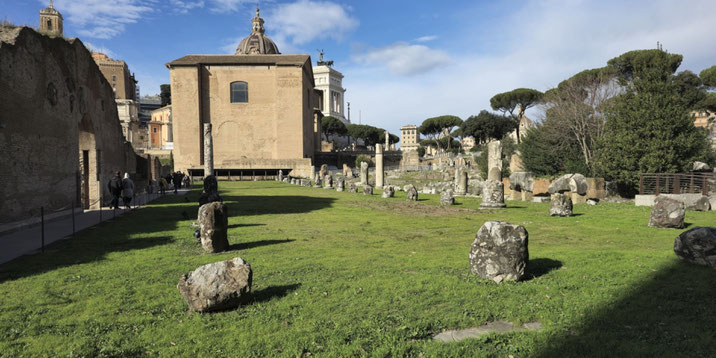
Further reading
What do you need help with?
Download ready-to-use digital learning resources
Copyright © History Skills 2014-2025.
Contact via email
With the exception of links to external sites, some historical sources and extracts from specific publications, all content on this website is copyrighted by History Skills. This content may not be copied, republished or redistributed without written permission from the website creator. Please use the Contact page to obtain relevant permission.

